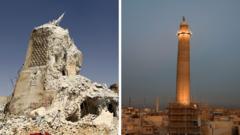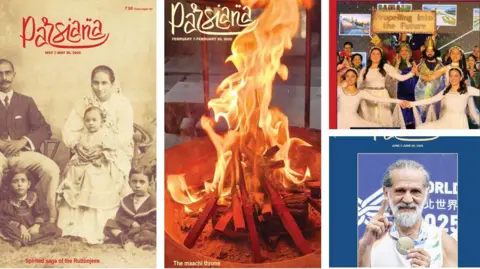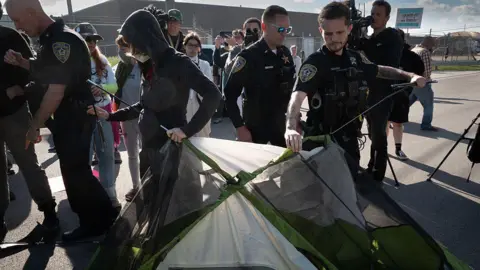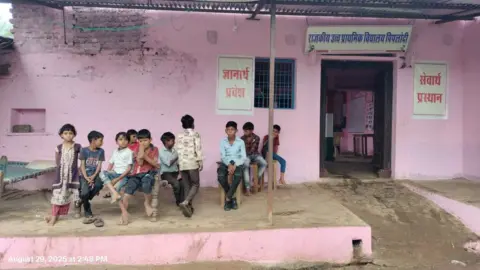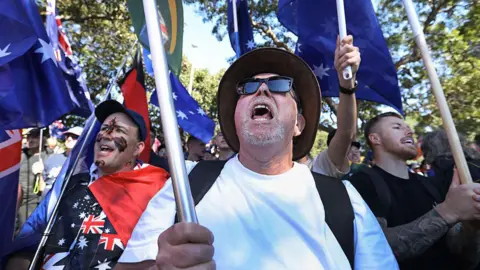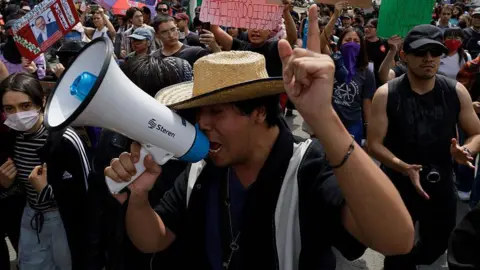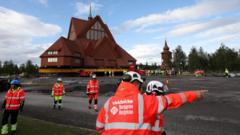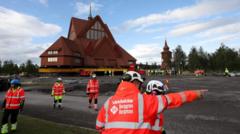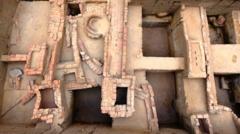After experiencing years of destruction under the brutal occupation of IS, Mosul is witnessing a renaissance of its iconic landmarks, including churches and mosques. This ambitious restoration initiative, led by UNESCO, commenced in 2018, a year post the liberation of the city.
The reopening ceremony, attended by UNESCO's director-general Audrey Azoulay and Iraqi Prime Minister Mohammed Shia' al-Sudani, will see the participation of local artisans, residents, and members of Mosul's religious communities, symbolizing a collective spirit of recovery.
Mosul, which endured three harrowing years under the extremist control beginning in 2014, was known for its historical tapestry woven with various ethnic and religious threads. The IS occupation was marked by violence and a systematic assault on the very essence of the city's multicultural identity.
The city paid a heavy price during the extensive military operations to reclaim it, with significant damage occurring in the Old City—over 80% of it was left in ruins. Photographer Ali al-Baroodi’s poignant recollections of returning post-liberation reveal firsthand the devastation and despair that enveloped the city at that time, likening it to “a ghost town.”
With a dedicated budget of $115 million sourced primarily from the European Union and the United Arab Emirates, UNESCO is spearheading the monumental task of rebuilding. The project entails not just structural restoration but also the reclamation of the community spirit that once thrived amidst the city's diversity.
Father Olivier Poquillon, a Dominican priest actively participating in the restoration of the al-Saa'a convent, emphasizes the importance of rebuilding trust among the diverse communities. His efforts underline that true restoration requires collective healing beyond physical structures.
Head architect Maria Rita Acetoso noted that the initiative has generated over 6,000 jobs and trained 1,300 local youth in traditional crafts, pointing to a revival of not just the physical but also cultural identity and economic empowerment as essential components of the project.
As significant historical sites, such as al-Tahera Church and the al-Hadba minaret, emerge from the ashes of devastation, stories of returning families like Mustafa and Abdullah echo the emotional link between inhabitants and their homes, treasured through generations.
Though scars from the horrors of conflict remain, the ongoing revitalization of Mosul stands as a beacon of hope, showcasing resilience amidst the challenges. Ali al-Baroodi captures this transformative journey, calling it akin to "seeing a dead person coming back to life," epitomizing the indomitable spirit of a city rising anew from its ruins.

